Last updated: March 13, 2025
Article
Dragonfly Mercury Project Resources
Explore the resources and multimedia products below to get more familiar with the Dragonfly Mercury Project (DMP). This page contains field sampling protocols, as well as communication and data interpretation products. Visit the DMP homepage for more background information on the study.
Field Sampling Resources
- Field Protocol – Follow these steps to collect dragonfly larvae as part of this study.
- Dragonfly Flashcards, Macroinvertebrate Key and Video – Identify dragonfly nymphs to family.
- Field Experience Script – Guide your volunteer group through the sampling process with this narrative.
- Mercury Infographic – Interpret your dragonfly mercury data.
Featured Videos & Media

Read about an unforgettable Colorado River science expedition, a joint effort between USGS, Ancestral Land Conservation Corps, & others.
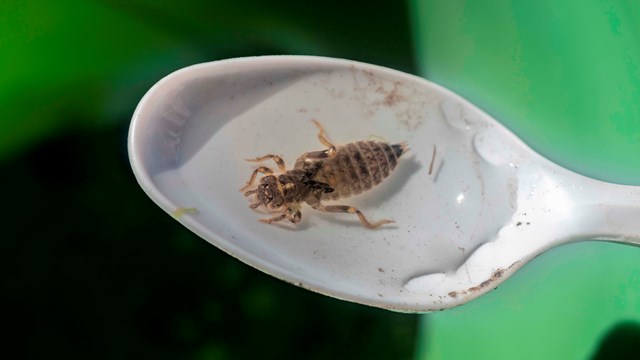
Find out how tracing mercury isotopes in dragonfly larvae revealed mercury delivery pathways to ecosystems.

Hear from different DMP partners about why this work is exciting and meaningful to them.
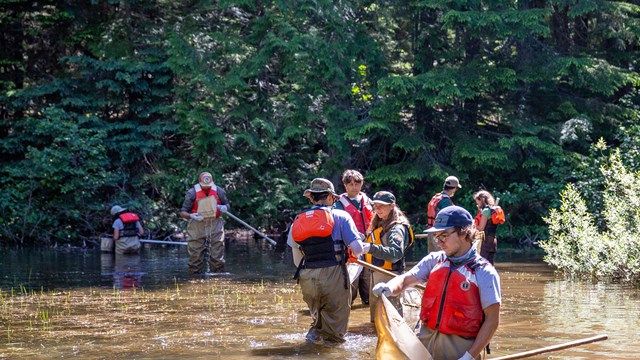
Discover what it's like to be a community member or citizen scientist volunteering with the DMP.
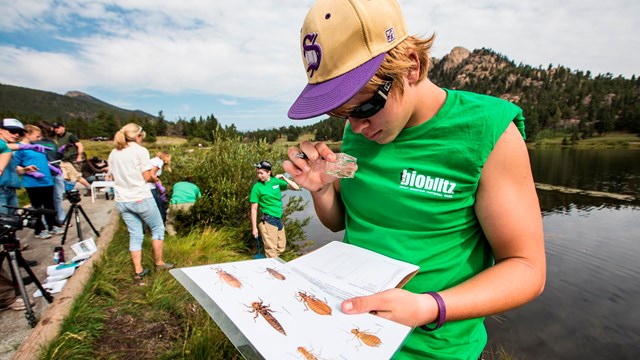
See DMP sampling in action at Rocky Mountain and Great Sand Dunes national parks.

Learn about two of the first DMP partners, Acadia National Park and Schoodic Institute at Acadia National Park.
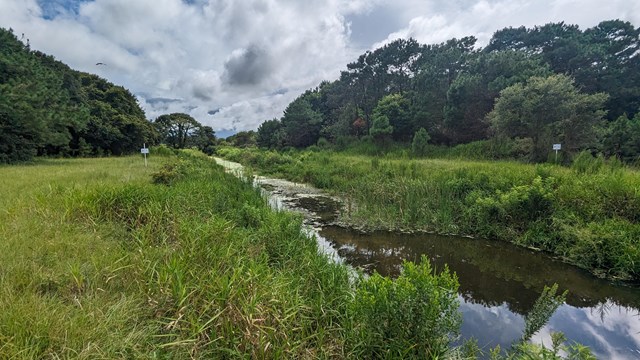
Hear DMP scientists share what they've learned and the data tools they've developed.
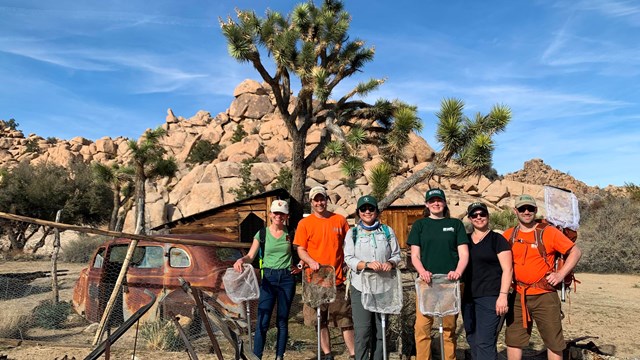
Listen to Dr. Collin Eagles Smith from U.S. Geological Survey explain the importance of studying mercury in dragonflies.
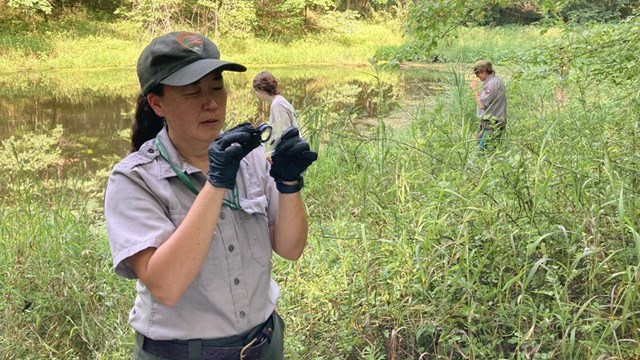
Read how scientists are "cracking the code" to mercury bioaccumulation with a nationwide risk model.
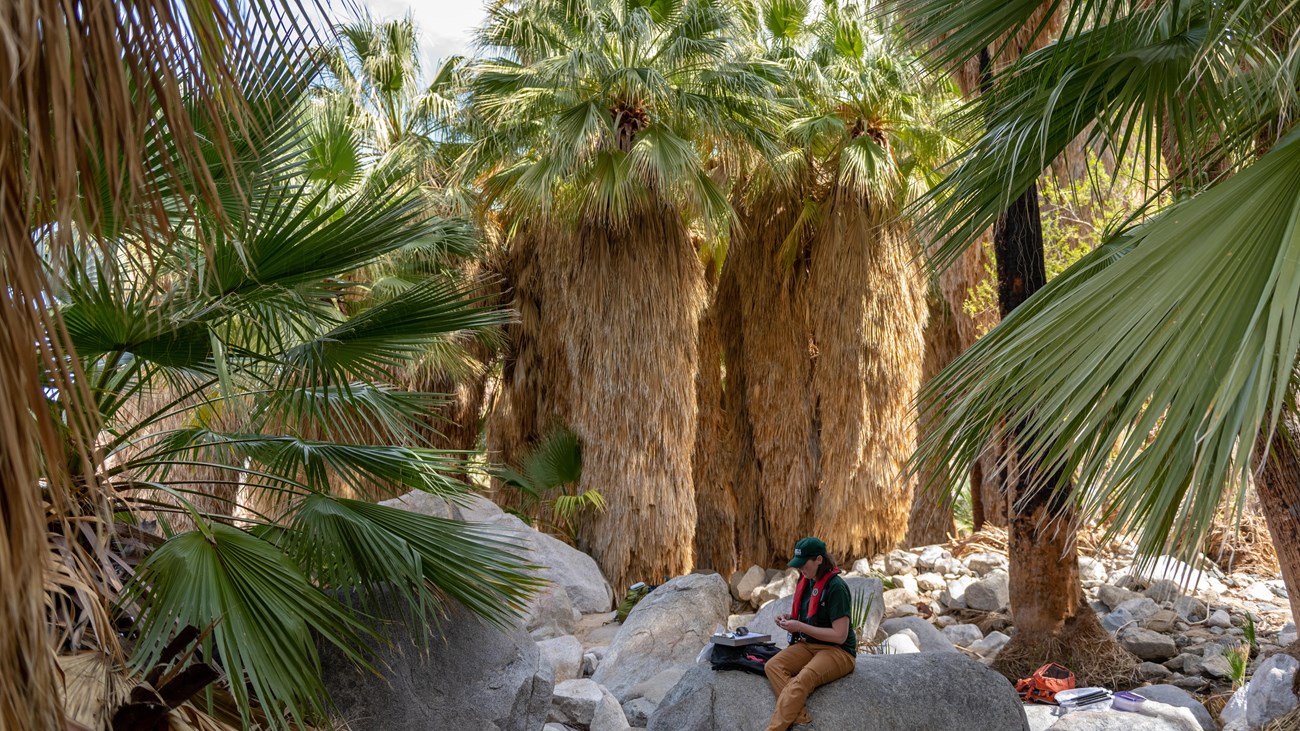
Read National Geographic's feature about the DMP and how dragonflies can reveal mercury contamination.
